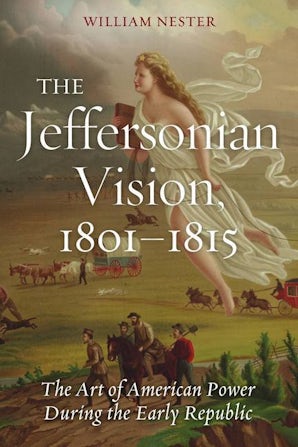William Nester is a professor in the Department of Government and Politics at St. John's University in New York City. He is the award-winning author of thirty-seven books on multiple dimensions of international relations, American national security, military history, and the nature of power. His "George Rogers Clark: I Glory in War" won the Army Historical Foundation's best biography award for 2013. His "Titan: The Art of British Power in the Age of Revolution and Napoleon" won the New York Military Affairs Symposium's 2016 Arthur Goodzett Book Award.
